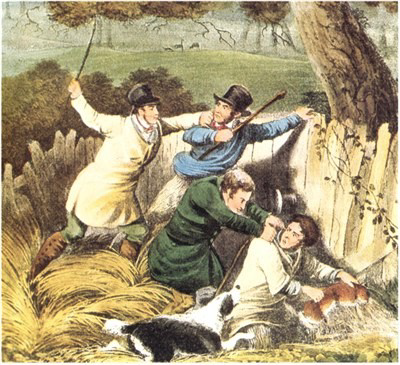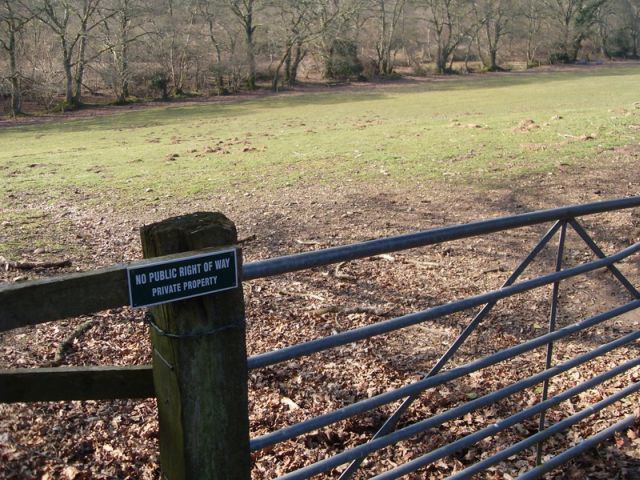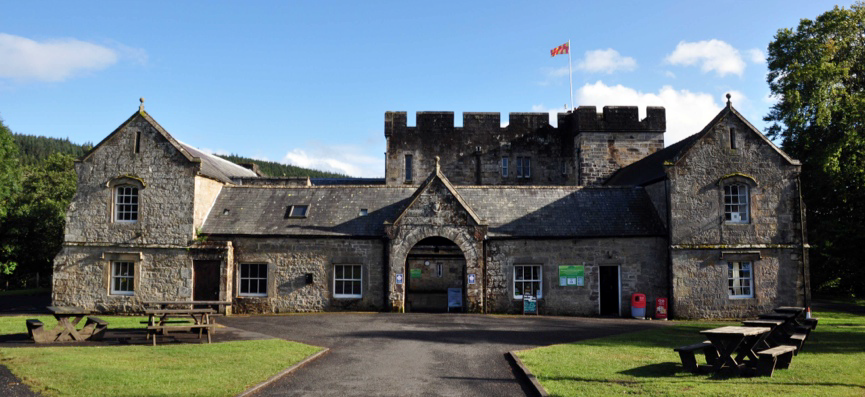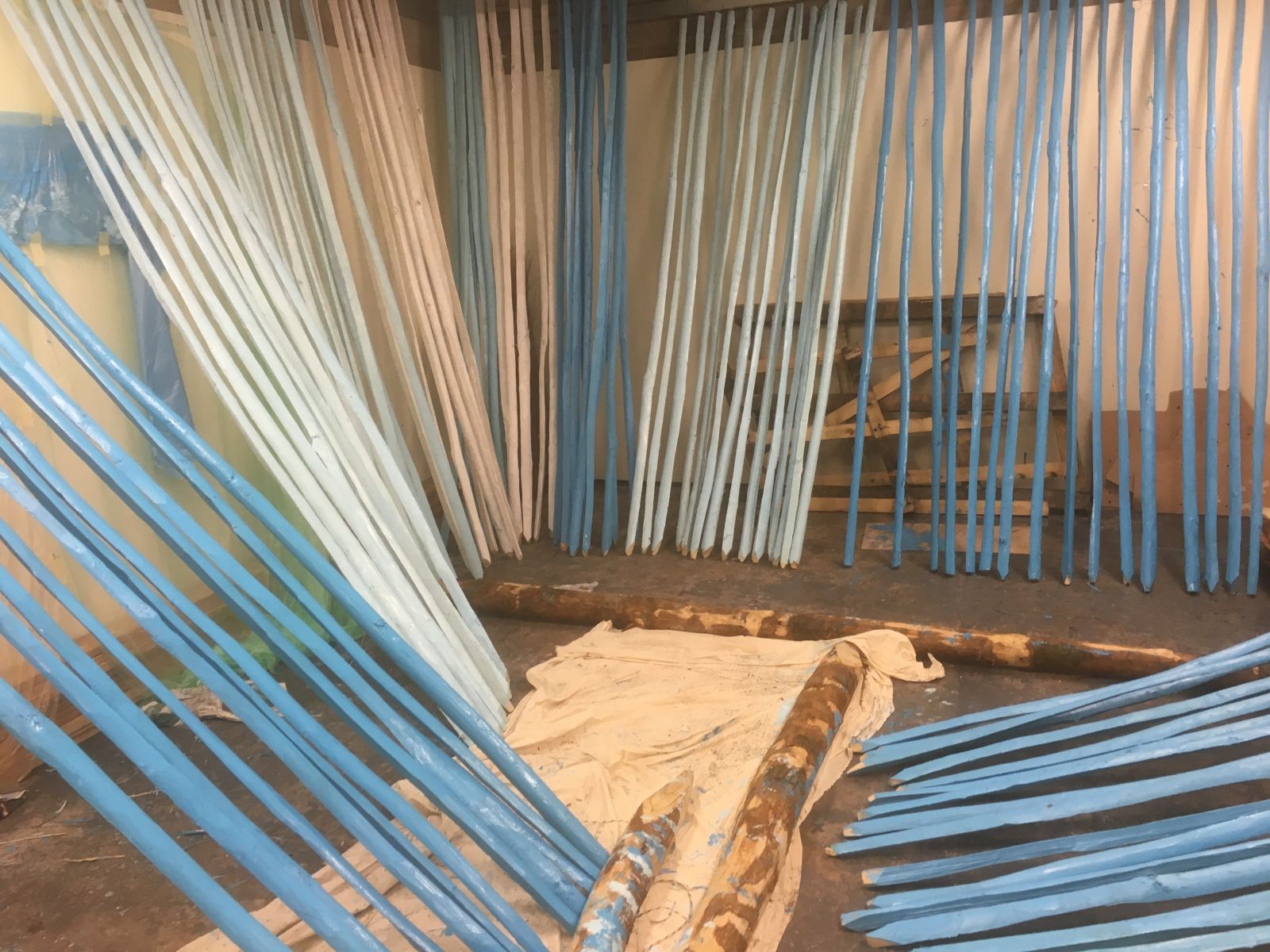What's your perspective?
We want to see your photos of your visit to Kielder. Be creative and have fun!

i
We want to see your photos of your visit to Kielder. Be creative and have fun!
'The grass seemed darker than ever' consists of a tall brightly painted sycamore paling fence encircling a section of the forest about half a mile from Kielder Castle visitor centre.
Within the enclosure created is the usual forest debris, but painted black. Together, the imposing fence and its dark interior allude to the historic inclosure of the English landscape, and to the severe penalties that could be handed out to anyone found within the forest with a blackened face.
The artists writes: The theme I would like to pursue in the realization of this project for Kielder Castle and its surroundings is that of enclosure. The history of the castle as a hunting lodge initially built for the Duke of Northumberland in the late 18th Century coincides with two centuries of dramatic changes to the land across England with the introduction of the enclosures acts and accompanying laws that developed in response to these shifts in land use. An example of this can be found with the controversial Black Acts from 1723 that prevented ‘poachers’ from blacking their faces in order to ‘steal’ fish, wild animals and livestock at night from land that had previously been held in common. The rights of commoners to take firewood, timber and game from woodlands or to graze pigs had been gradually eroded over the preceding centuries but this process was accelerated during the eighteenth century as wealthy landowners enclosed forests for parks, dammed rivers for fish ponds and built hunting lodges.

The ‘Inclosure Acts’ mark a highly charged moment in British history as swathes of land moved from common use to private ownership. Attendant with the codification of this move in law came the physical transformation of the landscape through the use of fences and hedges that acted as boundary markers delineating fields, forests and hunting areas.

I would approach the project through focusing on researching further into the history of the site in relation to these themes working with local history groups for example and accessing archival images of the changing nature of the land over the past three centuries of use. I also intend to focus visually and sculpturally on the use of fencing, damming, and hedging, and on the concept of poaching as formal devices to develop a piece of work for the grounds of the castle that builds on my previous site-specific sculptural projects completed for Tatton Park in Cheshire for the Tatton Park Biennial in 2010 and Art Across the City in Swansea, 2012.
Between 1760 and 1870 about 7 million acres acrossEngland were changed as a consequence of the enclosures acts. This represents around 1/6th of the land. Remarkably, a number of the enclosures acts still stand in law today but perhaps, more significantly, they also stand as a powerful symbol of the relationship between landscape and power that continues to play out globally in the 21st century. The ‘commons’ has emerged as a term with renewed environmentalsignificance today in the face of climate change and the increasing scarcity of natural resources. It is also gaining considerable currency as a term used in relation to the cultural and the digital spheresas people collectively gather in real and virtual space to contest the appropriation of common resources for corporate gain above social benefit.
Kielder Castle stands as an interesting landmark within these broad ranging debates, its origins lie with the wealthy landowning classes of the 18th Century yet it later passed into common ownership via its sale to the Forestry Commission in the 1930s. Kielder Water and the man-made forest that covers such a huge area of Northumberland now stand as a remarkable resource for contemporary visitors who have the opportunity to enjoy its riches as a space for leisure, as a place to access diverse wildlife, experience the night sky and other precious resources that seem under threat by the forces of global development and anthropogenic climate change.
The overall aim of my project therefore would be to focus on the specific history of the site in relation to broader land use histories in England in order to celebrate the current status of the Castle and its surroundings as a place for the enjoyment of all. In the process I would aim to produce a piece of work that has significant visual impact as an outdoor installation and that has the potential to provoke broader reflection on the significance of the ‘commons’ as a theme of contemporary significance across a number of other contexts. I would hope that this broader context for the work could be supported by a series of public talks and events to take place at Kielder over the duration of the work’s instalment.

In 2015 Kielder Art & Architecture invited expressions of interest from artists or architects to create a new temporary work for the surroundings of Kielder Castle, Forestry Commission England’s visitor base in Kielder Water & Forest Park, Northumberland. Interested parties were asked to propose a work of contemporary art or architecture in any media that explores and responds to the Castle and its broad environs. This commission would become part of a larger strategic project by Forestry Commission England and the Kielder Trust, involving artists Heather & Ivan Morison and Mosedale Gillatt Architects, that is currently exploring options for the longterm future usage and identity of the Castle and the wider western end of Kielder Water & Forest Park.
The call out resulted in artist Fiona Curran being selected to create 'The grass seemed darker than ever', a sculpture consisting of a tall brightly painted sycamore paling fence encircling a section of the forest about half a mile from Kielder Castle visitor centre.
Within the enclosure created will be the usual forest debris, but painted black. Together, the imposing fence and its dark interior allude to the historic inclosure of the English landscape, and to the severe penalties that could be handed out to anyone found within the forest with a blackened face.
Fiona created 'The grass seemed darker than ever', during the winter and early spring of 2015-2016, living and working in Kielder Art & Architecture's studio in Kielder village. Due to the bespoke nature of the fence she wished to create, it could not be bought ready made so 350 3m palings were delivered to the studio and Fiona and her project assistant Meriel East painted and then wired together the 40m fence.


Once assembled into a number of 3.5m lengths, the material was transported to site and, with the help of Forestry Commission staff, assembled into the completed sculpture.

More information about Fiona Curran and her work can be found here